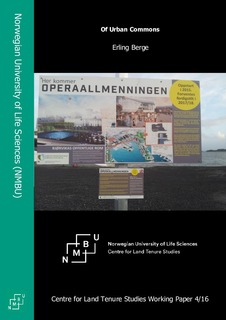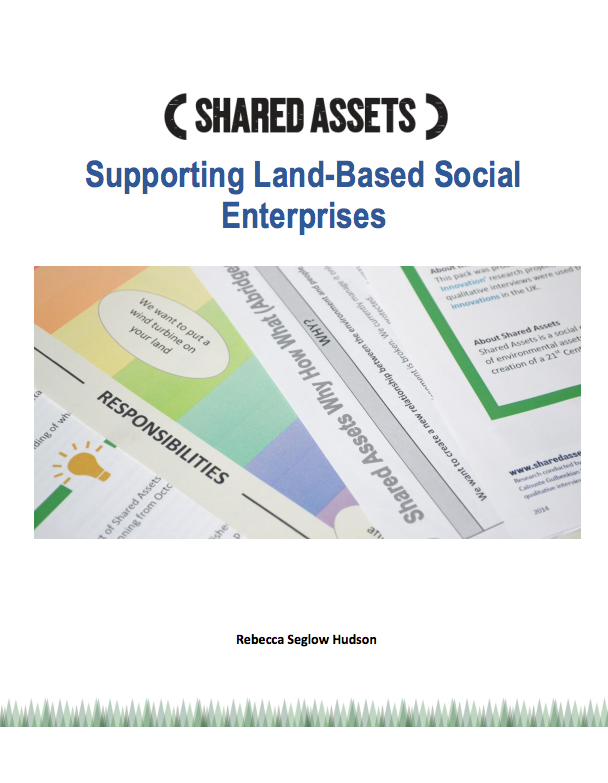Caring for Commons - Securing legitimate rights
Millions of people worldwide depend on natural resources such as land, fisheries and forests that are used collectively as commons. Commons are essential to culture, identity and well-being. As a source of food and income, they are an important safety-net, especially for the most marginalized and vulnerable people. The Voluntary Guidelines on the Responsible Governance of Tenure of Land, Fisheries and Forests in the Context of National Food Security provide a historic opportunity to recognize and secure tenure rights to commons.










